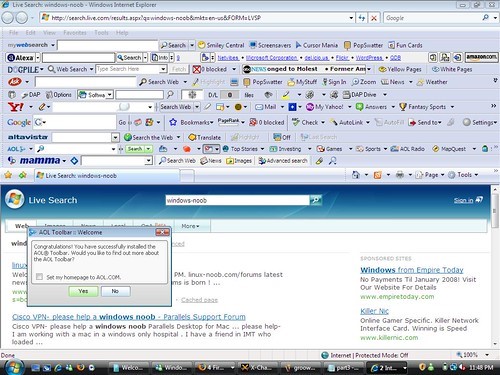
Around the turn of the new millennium, when the internet was entering the mainstream, there was an enormous range of concerns about online advertisements. Before the regulation that would eventually guide them, this was the wild west, where getting attention through almost any means was both viable and legal. Developing over the years, the older forms of danger have largely been addressed, but in their place rise new threats. Taking a look at where online ads are now and where they came from, we want to examine just how much has changed.
Table of Contents
The Modern Developer-Led Method
Having played decades of catchup already, most countries have strict rules in place as to what advertisements find their way online. While not perfect, these restrictions can stop those who would push negative ads before they get started. Modern types of negative advertising ingress are complicated, however, where the hijacking of otherwise trusted advertising efforts has become common.
Through this method of manipulation, otherwise legitimate websites can be host to some dangerous content. Addressing this issue means integrating robust solutions on the side of the developer, with services like Geoedge taking this path. Through the use of real-time tracking and advanced AI solutions, website-led fixes can detect whenever a trusted ad on their site has been replaced by an untrusted one. From this point, the negative ad can instantly be blocked and reported back to the service so no other websites on their system can be exploited.

“Malware” (CC BY 2.0) by EpicTop10.com
Rounding Up the Wild West
When the internet was so old that people were using Internet Explorer, ads were not just more common, they were more dangerous. The most famous form these took was the popup, which would open another window to show something a user didn’t want. Taking too long to exit this window, clicking within it, or sometimes even clicking close could then cause these ads to multiply.
In the end, users could be left with an avalanche of ads all vying for attention. Funnily enough, while popups were originally developed to bring as much attention to a product as possible, their sheer numbers could cripple a computer. It was a digital crab-bucket, where the selfishness and short-sightedness of the early online advertising world would prevent anyone from succeeding.
Adding to this problem were the ads which were nefarious in nature, exploiting early browser security flaws to install malware like trojans on a user’s computer. Hidden among the pack, users could never be sure what was a threat and what wasn’t, so the solution was to go nuclear.
This came in the form of the first ad-blockers like AdBlock Plus, which was first released in 2005. Designed to eliminate all possible threats, these programs quickly proved their worth, finding millions of downloads over Internet Explorer, Firefox, Opera, and more. This didn’t just help directly cut down on harm either, they also worked as another arm pushing ads to become safer. With government regulation putting pressure on ads from one side, and AdBlock showing they wouldn’t make any profit unless they shaped up, the online advertisement ecosystem began to change.

“Toolbars” (CC BY-SA 2.0) by mdornseif
While we’ll never be completely free of the dangers that the worst of the internet’s ads represents, we’ve still come a long way. From having to rely on user-based solutions to websites themselves doing the brunt of the heavy lifting, security constantly becomes less of a pain to manage. It’s a cat and mouse game where, even if the cat wins, there will always be more mice.